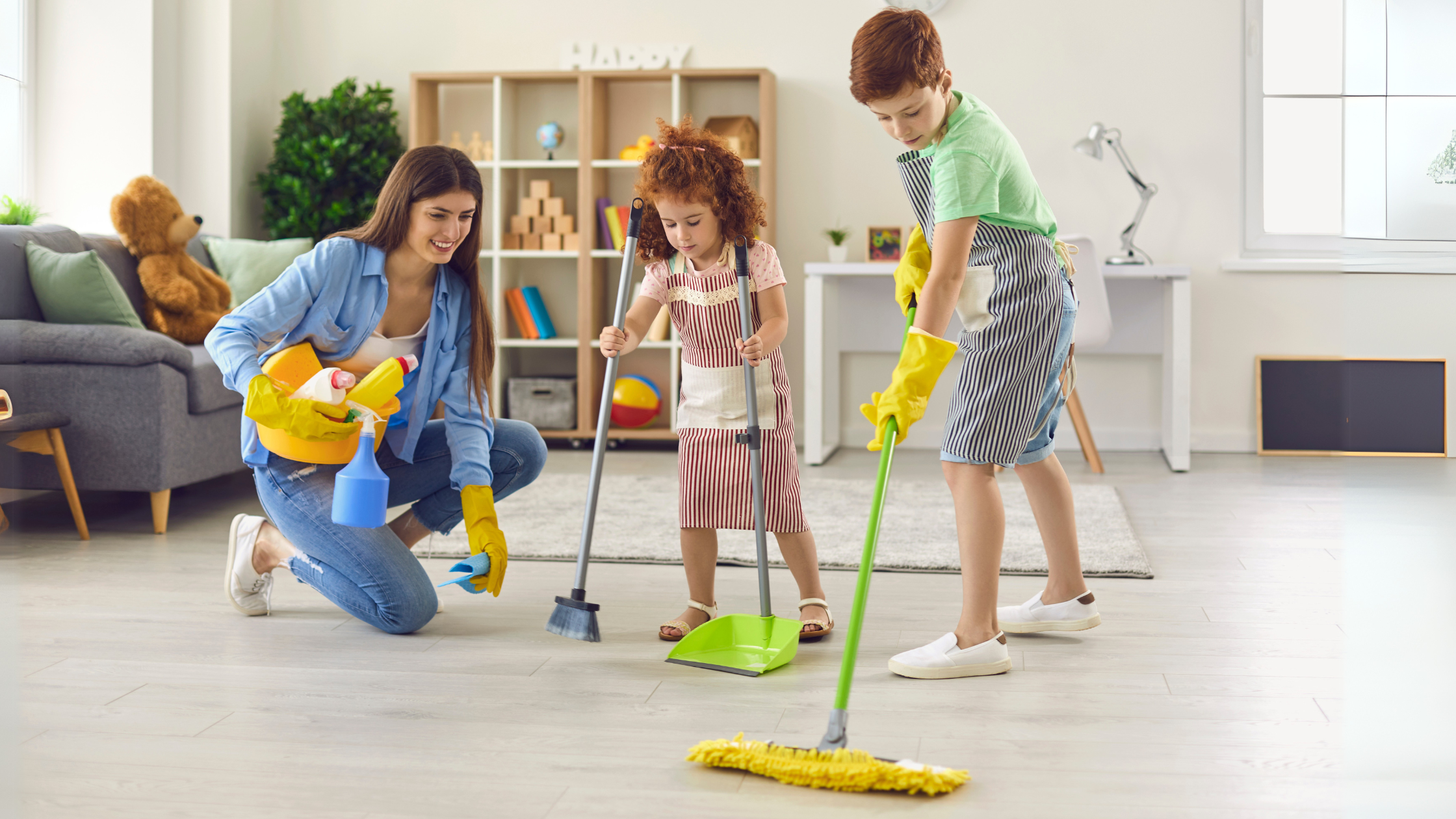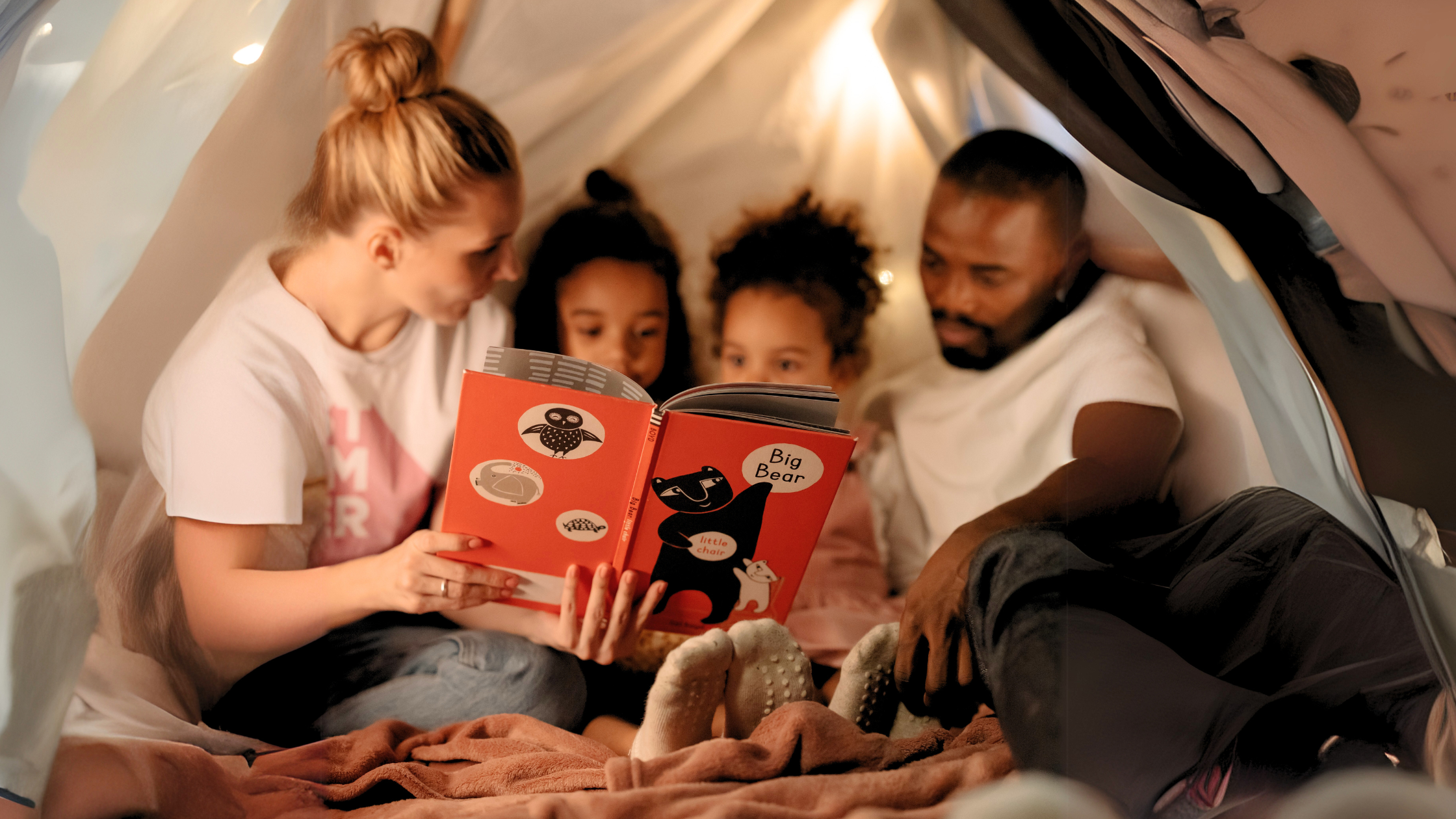Introduction
Do you often find yourself raising your voice at your kids, only to feel regret afterward? What if there was a better way—a way to discipline and connect with your child without ever yelling?

In today’s fast-paced world, parenting can feel overwhelming. The constant demands of children combined with life’s responsibilities can lead to frustration. However, with intentional strategies, you can foster a calm and respectful environment, deepening your connection with your child. Let’s explore how.
Who Needs to Connect with Their Kids?
Every parent who wants a more peaceful and understanding relationship with their children can benefit from prioritizing connection.

When children feel emotionally connected to their parents, they feel safe, valued, and understood. For parents, yelling often signals frustration or disconnection, which can lead to guilt and strained relationships. By focusing on connection, you create a home where everyone thrives emotionally and mentally.
What Does It Mean to Connect Instead of Yell?
Connecting with your child means shifting from control-based tactics like yelling or punishment to empathy and guidance. This approach fosters an emotional bond where children feel respected, supported, and loved.
For example:
Instead of yelling, "Clean up this mess now!", try saying, "Let’s put the toys back in their places so we can find them easily next time."
This small shift builds mutual respect, making discipline about guiding rather than controlling, and encourages children to listen and cooperate.

When Should You Start Connecting?
No matter where you are in your parenting journey, the best time to start is now.
Whether your child is a toddler or a teenager, it’s never too late to form stronger bonds. Early childhood is crucial for emotional development, but older children can also benefit from reconnecting. The earlier you start, the sooner you’ll experience a more peaceful and understanding family dynamic.
Where Can Connection Happen?
Connection can happen anywhere—at home, in the car, or even during everyday errands.
One powerful tool is “special time.” Dedicating even 10–15 minutes of uninterrupted one-on-one time can significantly strengthen your bond. Let your child choose the activity and be fully present. This practice sends a clear message: You matter, and I’m here for you.
Why Is Connecting Better Than Yelling?
Yelling may feel effective in the moment, but its long-term effects can be harmful. It damages a child’s self-esteem and erodes trust, making it harder for them to open up.
In contrast, connection builds a sense of security and mutual respect. Research shows that children who experience secure bonds with their parents are more emotionally resilient, better at handling stress, and more likely to grow into empathetic, responsible adults.
How Do You Connect with Kids and Stop Yelling?
Here are practical strategies to build connection without resorting to yelling:
1. Practice Emotional Self-Regulation
Think of emotional regulation as putting on your oxygen mask first. When you feel overwhelmed, pause to breathe, name your emotion, and reflect on what triggered it. This approach helps you stay calm and model healthy emotional responses for your child.
2. Use Empathy to Understand Their Perspective
Children’s misbehavior often reflects unmet emotional needs. Instead of reacting with frustration, try to understand their perspective.
For example:
If your child throws a tantrum, say, "I see you’re upset. It’s hard when things don’t go the way we want, isn’t it?"
This validates their feelings and opens the door for constructive problem-solving.
3. Set Clear Boundaries with Kindness
Boundaries are essential, but they don’t have to be enforced through fear. Be firm but gentle, and explain the reasons behind the rules.
For instance:
Instead of yelling, "Stop running!", say, "I’m worried you might fall. Let’s walk together."
This approach teaches respect for rules without making children feel criticized.
4. Create a Routine of “Special Time”

Dedicate a few minutes each day to focus solely on your child. Let them lead the activity, whether it’s playing a game, reading a story, or simply chatting. Consistent special time fosters trust and connection, making children more likely to cooperate.
5. Model Respect and Patience
Children learn by watching. If you handle conflicts with respect and patience, they will mirror this behavior. Avoid harsh words and tones, even during disagreements, to show them how to navigate challenges constructively.
Conclusion
Parenting without yelling is a journey, not a destination. By practicing emotional regulation, empathy, and positive boundaries, you can create a home filled with trust, respect, and love.
While adapting to these practices may take time, the rewards of a calm, connected family life are immeasurable. Start small today, and watch your relationship with your child transform for the better.
Related Blogs
_1731926567116.png%3Falt%3Dmedia%26token%3D80590b80-3ed4-490b-8203-d0f5fd108300&w=256&q=75)
How to Build Stronger Bonds with Kids Without Yelling: A Guide to Peaceful Parenting
How to Build Stronger Bonds with Kids Without Yelling: A Guide to Peaceful Parenting

How to Talk So Kids Will Listen and open up their hearts…
How to Talk So Kids Will Listen and open up their hearts…

Boosting Early Learning: The Impact of Vocabulary Development in Children
Boosting Early Learning: The Impact of Vocabulary Development in Children

Raising Generation Alpha: 4 Strategies to Navigate the Screen Time of "Screenagers"
Raising Generation Alpha: 4 Strategies to Navigate the Screen Time of "Screenagers"

Understanding Shyness in Children: A Parent’s Guide
Understanding Shyness in Children: A Parent’s Guide

DROOMPLANET
Story-based Programs
2019 © DroomPlanet Pvt. Ltd. All rights reserved




